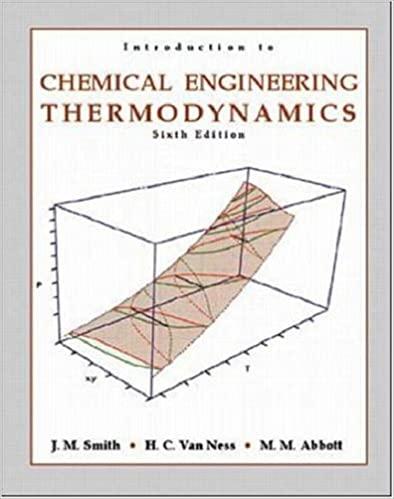Question
Heat transfer, via conduction, plays an important role in daily life. This is especially true for the Inuits, who find shelter in their snow-built Igloos
Heat transfer, via conduction, plays an important role in daily life. This is especially true for the Inuits, who find shelter in their snow-built Igloos that protect them from the low outside temperature. In this problem, we will consider a half spherical igloo of radius R= 2m. The wall of the igloo consists of 30 cm of thickly compressed snow blocks. The heat conductivity of the compressed snow is 0.3 W/(m*K). If the outside temperature is -20oC and the inside needs to be at +20oC: how many humans need to be inside the igloo to achieve this with only the heat produced by the humans? Use the following data and assumptions: the situation is steady state heat is only lost through the wall of the igloo (so we ignore the floor) the only resistance against the heat flow is in the walls of the igloo a human produces about 150 Watt a. In a steady state, what is the relation between the heat flow through the wall and the temperature difference across the wall? b. Set up a heat balance for the igloo. c. Compute how many people are roughly needed for the situation sketched above
Step by Step Solution
There are 3 Steps involved in it
Step: 1

Get Instant Access to Expert-Tailored Solutions
See step-by-step solutions with expert insights and AI powered tools for academic success
Step: 2

Step: 3

Ace Your Homework with AI
Get the answers you need in no time with our AI-driven, step-by-step assistance
Get Started


